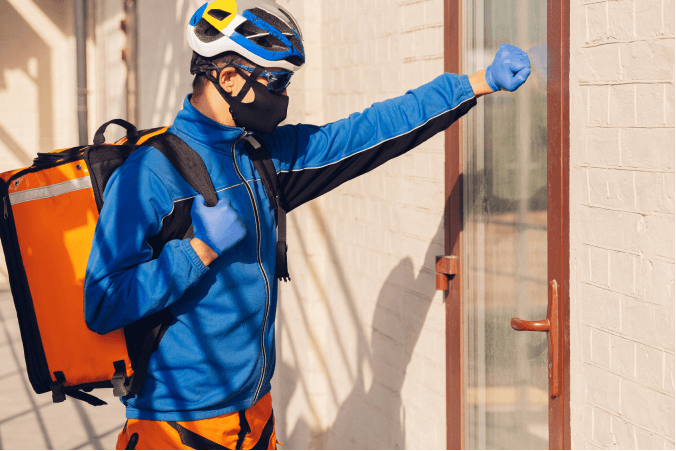Hi everyone, and welcome to Sydney Airport. Today, I’ll be giving you the inside information on the day-to-day operations of the Australian Quarantine Service here. We hope to provide you with a better understanding of why such heavy security regulations are necessary by educating you on how we operate and why we do the things we do.
We’re not here to try to persuade you to fly through Sydney Airport, though we hope you’ll find your experience relatively stress-free and comfortable. First things first, our personnel. Can anyone guess how many people work at Sydney Airport?
We have 200 alone working in Terminal 2, so can you guess how many in the whole airport? I heard someone say 360, that’s getting closer...
What? Did someone say 2,000? That’s way too high. Sydney Airport actually employs 440 people. A lot, right? And about half of those employees work in security-related matters..
Moving on to our not-so-human employees, let’s come and see our favourite pooch, Milton. Milton is our best drug-sniffing dog on the force. He’s friendly to most people, you can even come pet him at the end of our tour. Burnouts beware, though, he’ll find everything.
Notice that even though there are so many of us around him, Milton stays calm. This is the precise reason he was chosen for the job. Dogs that are chosen are not predisposed to sniff out different narcotics - that’s something we teach them already.
So here’s a part of the airport most people never notice - the cargo transport terminal. This is where packages are shipped to and from. Normally we ship around 4,400 packages per month. In this airport alone, over 52,000 packages were shipped in and out over the past year.
We ship to and from 170 different countries. Not bad, eh? Probably it will go up to over 72,000 packages this year. And despite over 100 flights in and out of here daily, the number of lost or delayed packages is impressively low. If you send your package through here, rest assured we’ll get it where it's going.
Let’s move on to the area most of us are familiar with, the passenger terminals. In order to be allowed into this area, you must pass through security with your ticket and if you’re travelling internationally, your passport.
If you’re travelling domestically, you just need a legal form of ID. If you don’t have those, you will not be allowed to pass through security and board your flight.
During the security scan, your carry-on items will be checked for dangerous items such as weapons, sharp objects, and liquids that exceed our specified limit. If you attempt to pass any of the prohibited items on this list posted at the entrance, you are still allowed to board the plane, but you’ll be given a warning and your item will be confiscated.
Don’t worry, we will not arrest you for having too much shampoo in your bag, or anything like that. We also search your carry-ons and parcels for any perishable items.
We prohibit the transportation of local vegetation and prohibit parcels containing any insects in them. You may or may not have learned about this in Biology class, but when some plants are introduced to a new environment, they spread wildly and wipe out the current species around it.
It is important to control the introduction of new plants into an ecosystem, so we must prohibit the transport of any fertile seeds. So what happens to parcels containing possibly suspicious items? It’s of course something we do not take lightly here.
If an object passes through the scanner that appears suspicious in any way, it is separated out for manual search by a member of our trained security personnel.
If an illegal plant or simple sharp object like a pocket knife is found, it is simply disposed of in our biohazard waste containers, and the package itself is returned to the sender (or passenger, if it is for a passenger flight). More serious weapons are reported to higher authorities for investigation.
As far as parcel security, the material of the parcel is important. For shipped goods, the most common material used (and the most widely accepted) is paper. Make sure it is packed sturdy enough, with no rips or tears. We’ve definitely had packages rip open before due to haphazard packing.
A more common problem, though, is the package labels. When an item does not make it to the right place, this is the most common reason. The label may not be in the right place or marked clearly enough.
If you’re receiving any items from abroad that must be declared, please remember our guidelines in order to ensure the timely delivery of your item. Make sure it is packed correctly, and we ask that you notify customs between 2 and 10 days within the item’s scheduled arrival date.
Okay, before we move on, are there any questions?
 Mình cần nghe về mục đích chính của service
Mình cần nghe về mục đích chính của service  Nghe thấy "We hope to provide you with a better understanding [...] by educating you on how we operate...."
Nghe thấy "We hope to provide you with a better understanding [...] by educating you on how we operate...."


